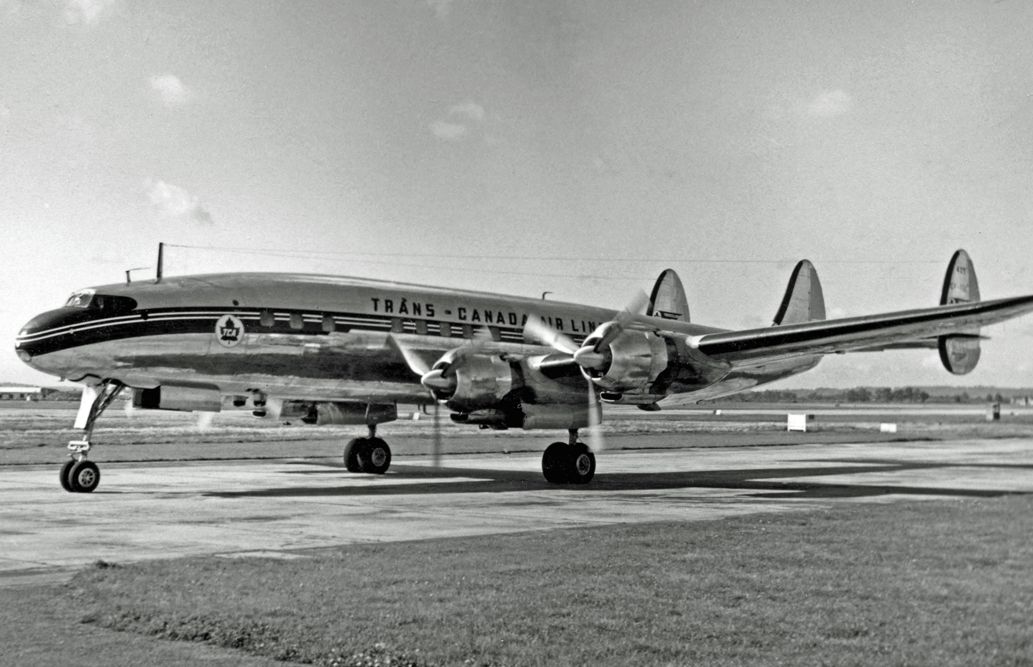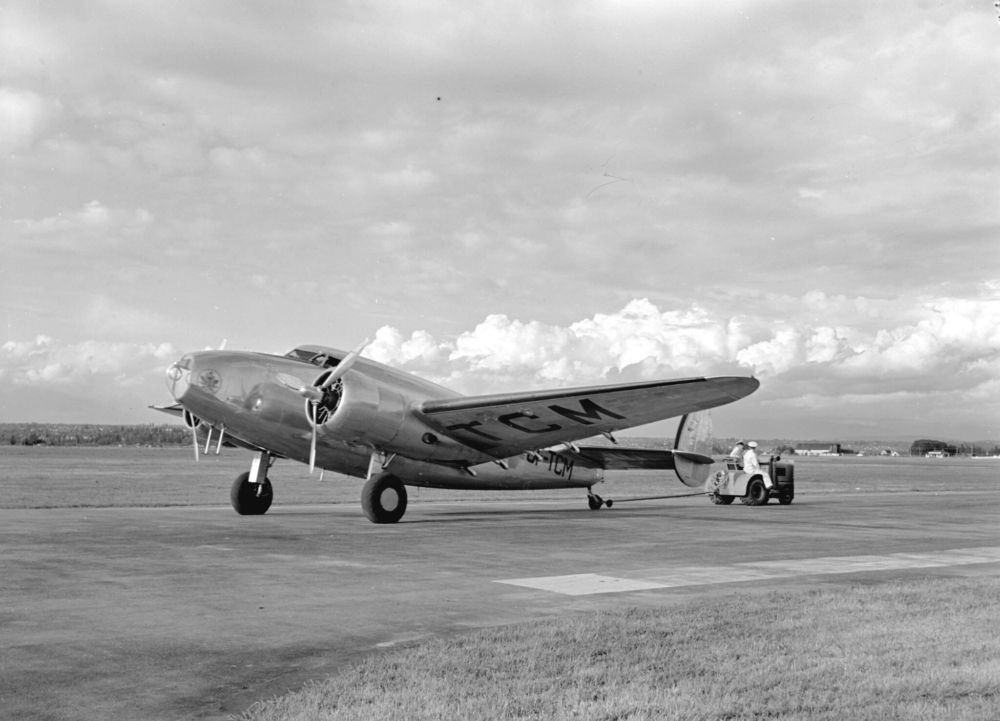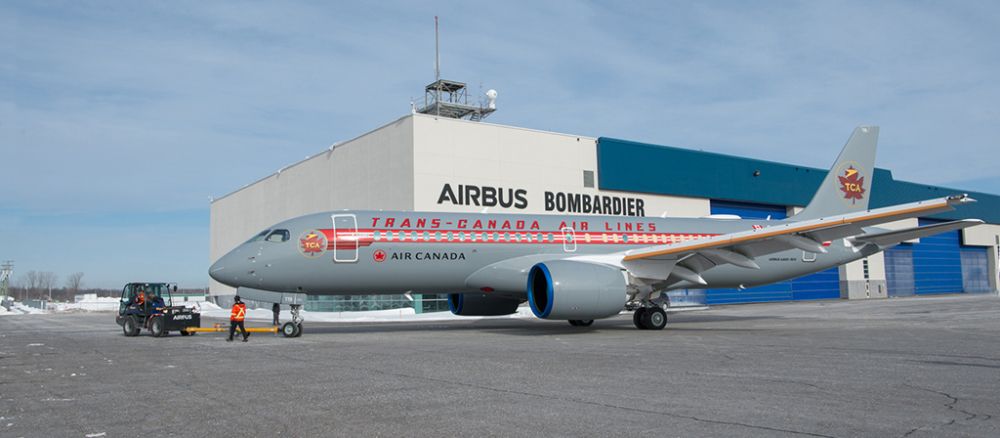Canada is well represented on the world stage in the airline industry. Indeed, its national flag carrier Air Canada was one of the founding members of the Star Alliance back in 1997. However, it didn't always operate under this name. Let's take a look back in history to establish the story of its predecessor, which went by the name of Trans-Canada Air Lines.
In the beginning
Trans-Canada Air Lines, which became known in short in English-speaking Canada as TCA, was formed in April 1937. Interestingly, one of its key founders was the Canadian National Railway (CNR). Of course, this was at a time when there wasn't direct competition between airlines and today's high-speed rail operators. CNR's establishment of TCA prompted rival rail company Canadian Pacific to form Canadian Pacific Air Lines in 1942.
TCA operated its first flight, from Vancouver to Seattle, in September 1937. In its early years, TCA was partially financed by an air-mail contract with Canada Post. The government also supported the idea of having a large national airline, which it saw as a necessity with war on the horizon, as well as significant airline growth in the neighboring US.
Post-war years and rebranding
The Second World War began just two years after TCA came into existence. As such, it was only really able to grow on a larger scale once the conflict had ceased. This began right away following the end of the war, with TCA coming into the possession of 30 Douglas DC-3s that had previously flown for the military. It typically flew these domestically.
In terms of TCA's flights further afield, it flew the Canadair North Star to destinations in Europe and the US. The North Star was a re-engined version of the Douglas DC-4 developed for TCA, and it flew this type from 1947 to 1961. Its replacement was the Lockheed L-1049 'Super Constellation,' of which TCA received its first example in 1954.
In its later years, TCA also flew Vickers turboprops in the form of the Viscount, and then the larger Vanguard. It even entered the jet age with the acquisition of the Douglas DC-8, which replaced the L-1049 on its European services. However, in 1964, an act of parliament saw TCA renamed as Air Canada, with this decision becoming effective in 1965.
Stay informed: Sign up for our daily and weekly aviation news digests.
Commemorated today with a retrojet
As you can see in the photograph above, the spirit of TCA still lives on in Air Canada's present-day operations. In March 2021, the Canadian flag carrier revealed that it had painted one of its modern Airbus A220 narrowbodies in a beautiful throwback grey and red livery that pays an homage to its former heritage as Trans-Canada Air Lines.
The aircraft bears the registration C-GNBN. Data from RadarBox.com shows that Air Canada tends to deploy it on domestic missions. However, it sometimes flies further afield to US destinations such as New York, allowing a new audience to enjoy the special livery.
What are your memories of Trans-Canada Air Lines? Did you ever fly with the carrier before it took on its current Air Canada identity? Let us know your thoughts and experiences in the comments!



